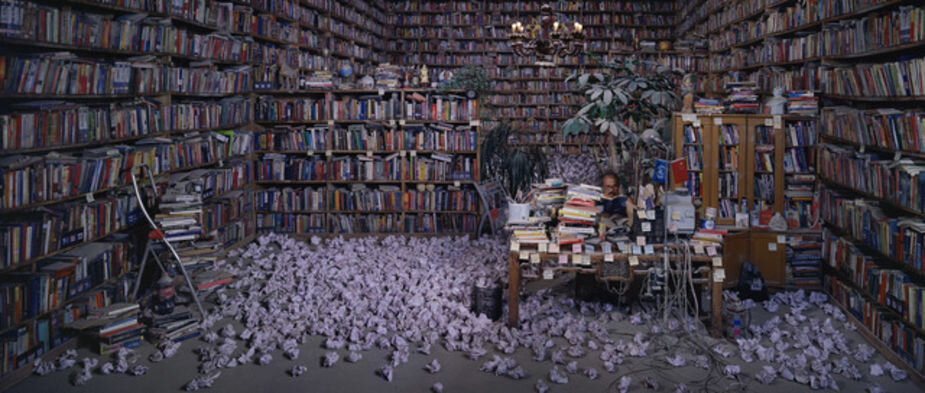Journal
Tags
- Alice Ho
- Bowen Yang
- Celsivincys Kumar
- darren jorgensen
- Darren Jorgensen and Tami Xiang
- Debbie Gilchrist
- Eloise Viney
- Erika Johanson
- Felicity Ostergaard
- Harry Price
- James Enderby
- Jemma Yovacic
- Jessica Cottam
- Jiayang Qin
- Jinx Zhou
- Johan Sulaiman
- Kiara Player
- Kirk Fleming
- Kye Fisher
- Lucy Leech
- Maddie Sarich
- Peter Kidson
- Rachel Ciesla
- Rosie Anda
- Sam Beard
- Sam Beard
- Sara Fong
- Tami Xiang
- Valentina Sartori
Qi Zhilong in his studio, 2024. Photo by Kye Fisher
Li Xianting remarked of his role as an editor and a critic as follows:
“I just wanted to draw people’s attention towards a certain issue. I wanted to stir debate and stoke discourse”
Guan Kan 观看 attempts to stand in this tradition, and uphold Mr Li’s dedication to critical investigation on Contemporary Chinese Art. Below you will find a series of essays, criticism, interviews with artists, art theory and art writing, aimed at analyzing the history and future of art.
Scholarly debate and analysis is welcomed by the journal as well as negotiating intercultural differences which may arise.
To join this discussion, please get in contact with Guan Kan 观看

Pictures and Perspectives: The contemporary photography of Wang Qingsong, Muchen and Shao Yinong
Photography became an important medium for the expression and documentation of personal histories in China, and often a means for oblique social criticism. The contemporary photography of Wang Qingsong, Muchen and Shao Yinong is imbued with this history. This essay traces the evolution of Chinese photography and critical discourse in the late 1970s to interpret the contemporary work of these artists.

Photography: Socio-political criticism in Contemporary Chinese art
Photography has, over the last two decades, proven to be a tactical vehicle for criticism of the tedious socio-political condition of Chinese society. Communist China’s increasingly large place in the global capitalist market, and the local repercussions of consumerist Western influence fuel the criticism and satire of artists such as Wang Qingsong, and Muchen and Shao Yingong.

Wang Qingsong as journalist and social critic
Wang Qingsong uses applied photography as a way to respond to the rapidly changing society, repeatedly stressing that he is a ‘journalist’, arguing that the news does not just stay on the surface, but also functions in a more essential way. Working with exaggerated content and shocking, spectacular scenes, Wang reflects social issues. His work arranges details within complicated, large images, as just one image can deliver the impact of a whole issue.

